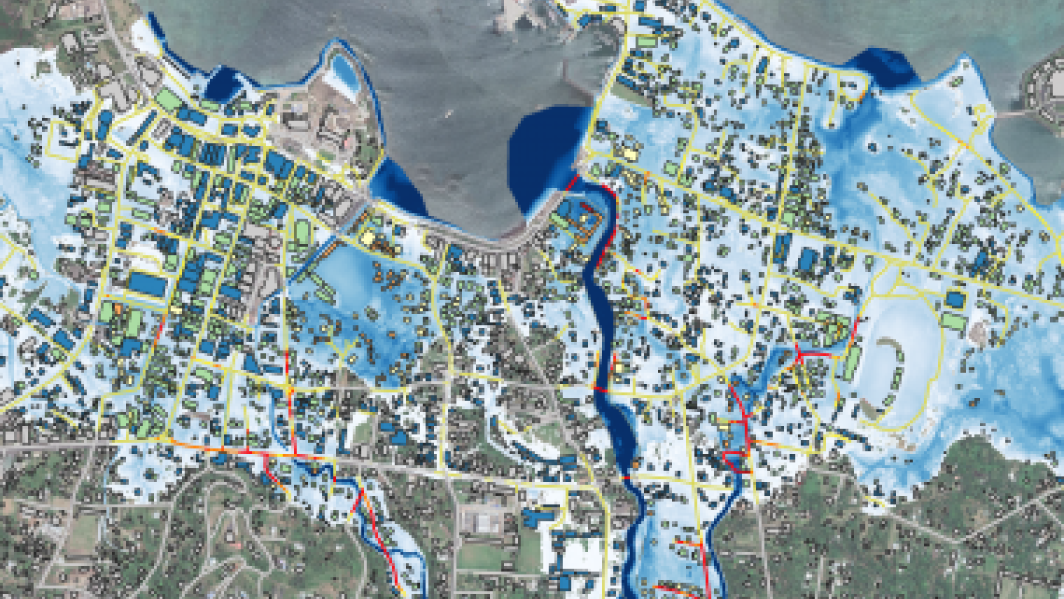-
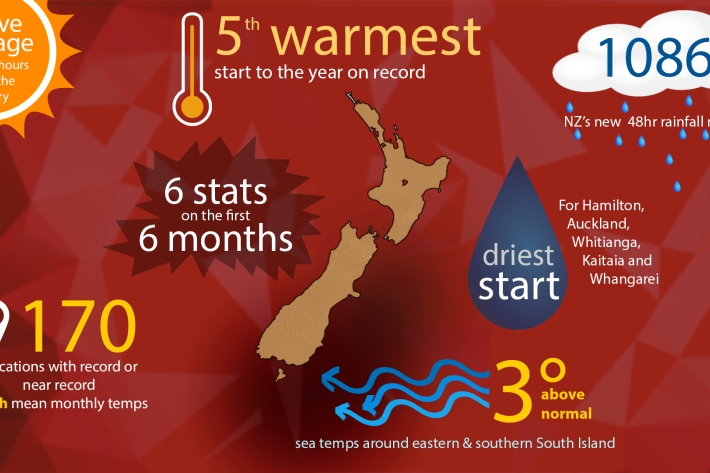
2019 so far - a story of weather and climate extremes
Media release02 July 2019We’re now halfway through 2019 and NIWA climate data from the first six months tell a dramatic story of weather and climate extremes. -

Fighting fires - one forecast at a time
Feature story13 June 2019When fire came to Pigeon Valley, Fire and Emergency came to NIWA. -
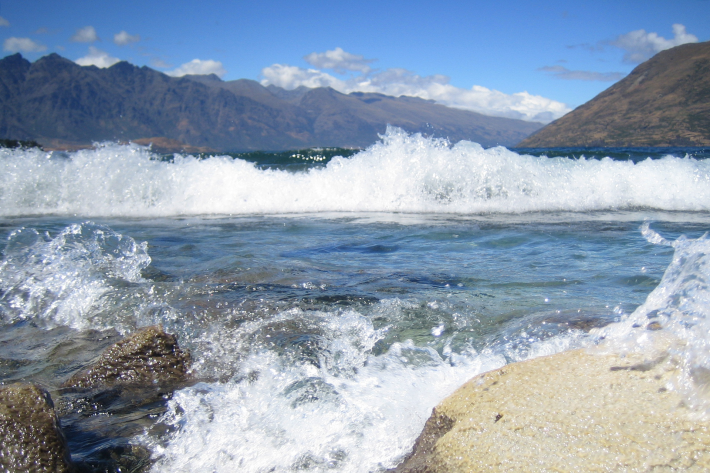
NIWA mapping Whakatipu lake floor
Media release08 May 2019NIWA researchers are out on Lake Whakatipu for the next week mapping the lake floor for the first time. -
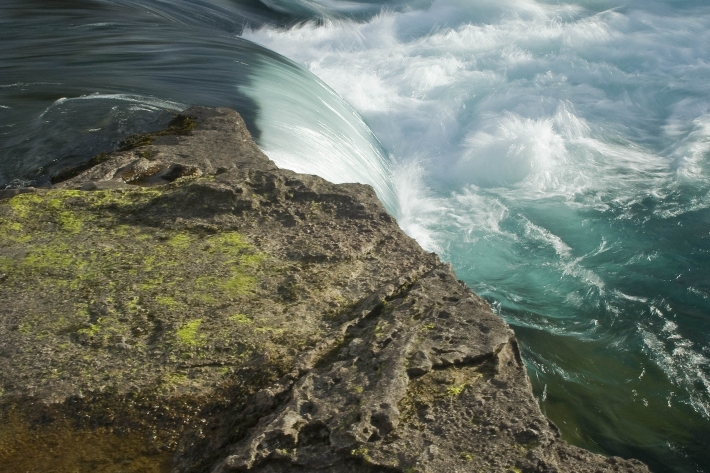
River forecasting: capabilities versus user requirements
Research ProjectCurrently there are gaps in understanding of user decision making processes and public needs and requirements for river forecasting in New Zealand. This project aims to bridge NIWA river forecasting aspirations and capabilities with both the public and decision makers’ requirements. -

Volunteers needed to unlock historic weather secrets 30 October 2018
Media release30 October 2018NIWA climate scientists are calling for volunteers to unearth weather secrets from the past – including those recorded by members of Captain Robert Scott’s doomed trip to the South Pole in 1912. -
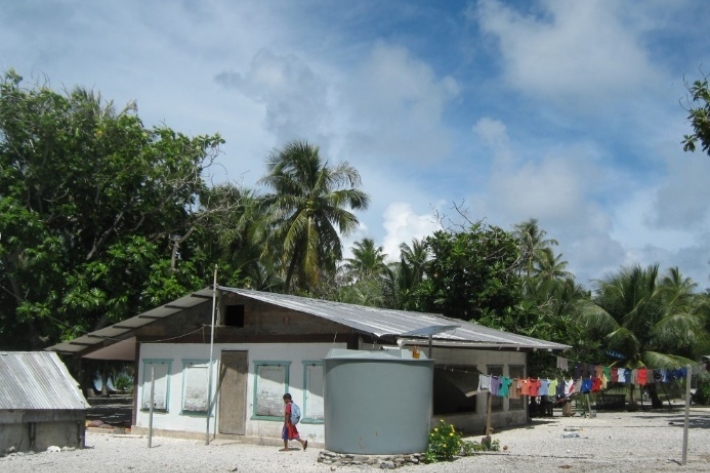
Marshallese benefit from new RiskScape drought tool
Feature story17 October 2018Inhabitants of the Marshall Islands may not be able to avoid drought, but thanks to a new tool co-developed by NIWA they can now plan ahead to better manage water resources when the big dry looms. -
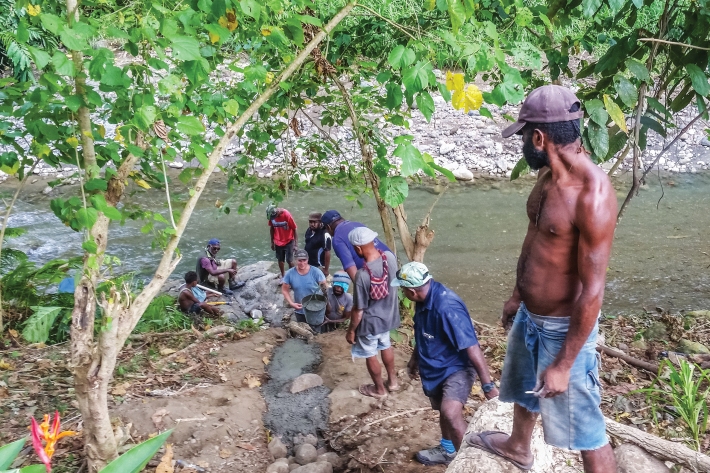
Solutions: Early warning of PNG floods
Feature story16 October 2018NIWA has completed a project that aims to help build community resilience against flooding in the Bumbu River and contribute to improving Papua New Guinea’s disaster preparedness in the face of increasing climate-related disasters. -
NIWA urges farmers to prepare for climate change
Media release06 June 2018NIWA is encouraging farmers to plan for climate change so they can maximise their abilities to adapt and thrive as significant change begins to take place. -

Beating drought
Feature story10 April 2018How a regional climate history helped save a farm and cure depression -
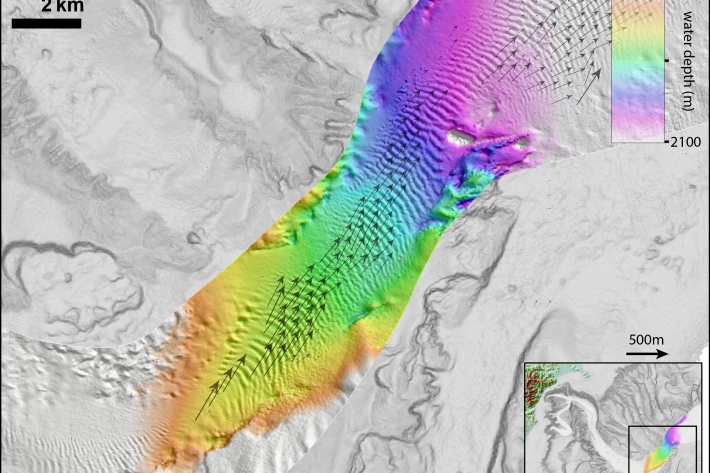
Kaikōura earthquake generated huge submarine sediment shift
Media release15 March 2018The 2016 Kaikōura Earthquake has shown that more than 100 million dumptrucks of mud and sand flow through the Kaikōura Canyon every 140 years, scientists say. -

Joining the flooded dots
Feature story08 October 2017The term “joined-up government” was coined in the late 1990s to describe the coordination modern governments need to deal with large problems. -
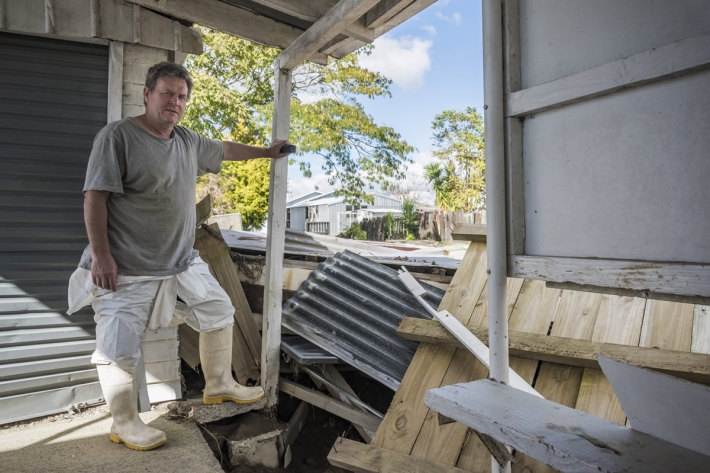
Flood focus
Feature story08 October 2017Autumn and winter rain caused damaging floods and slips across New Zealand, yet again. Susan Pepperell investigates the nation's evolving skill in avoiding and coping with water.

